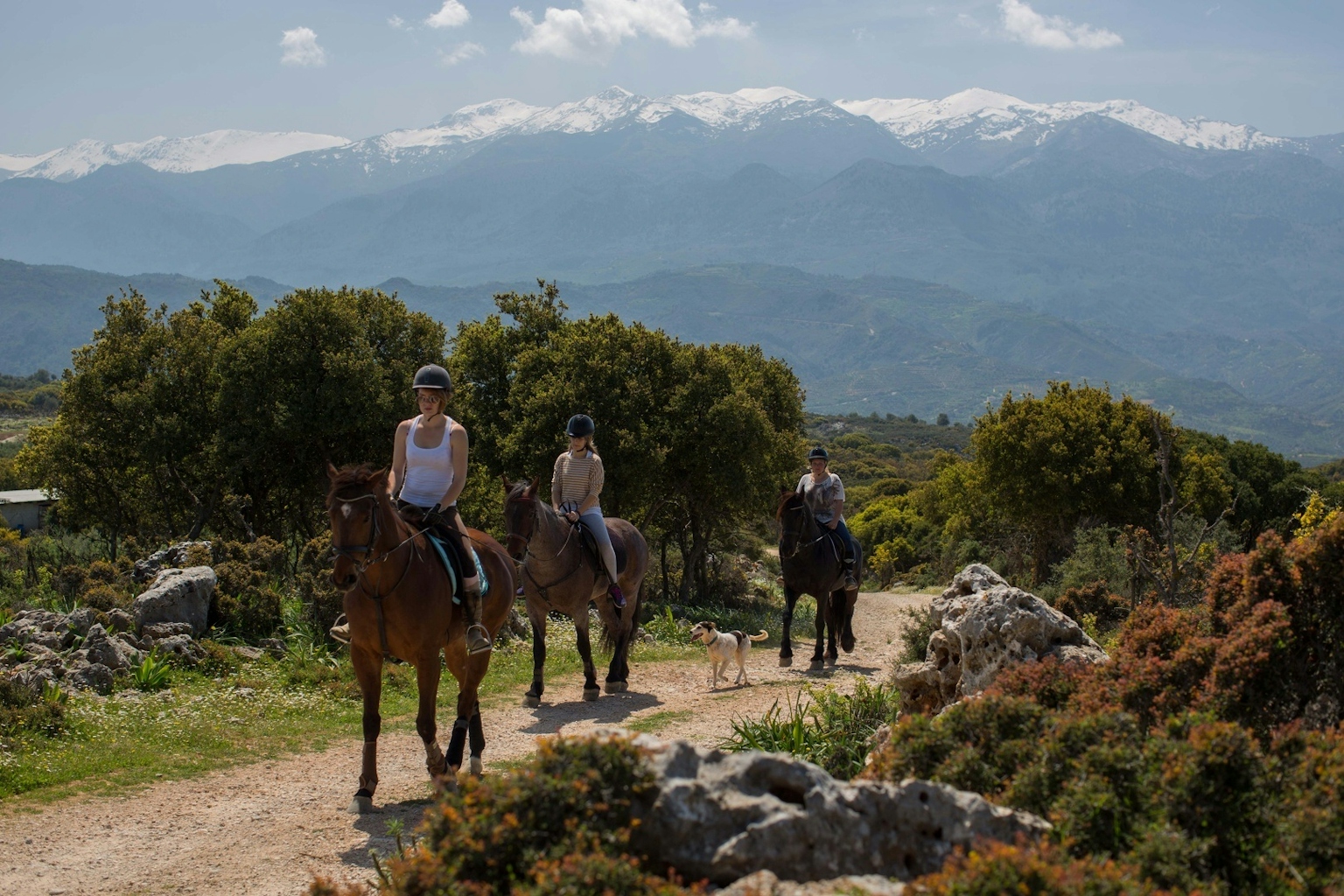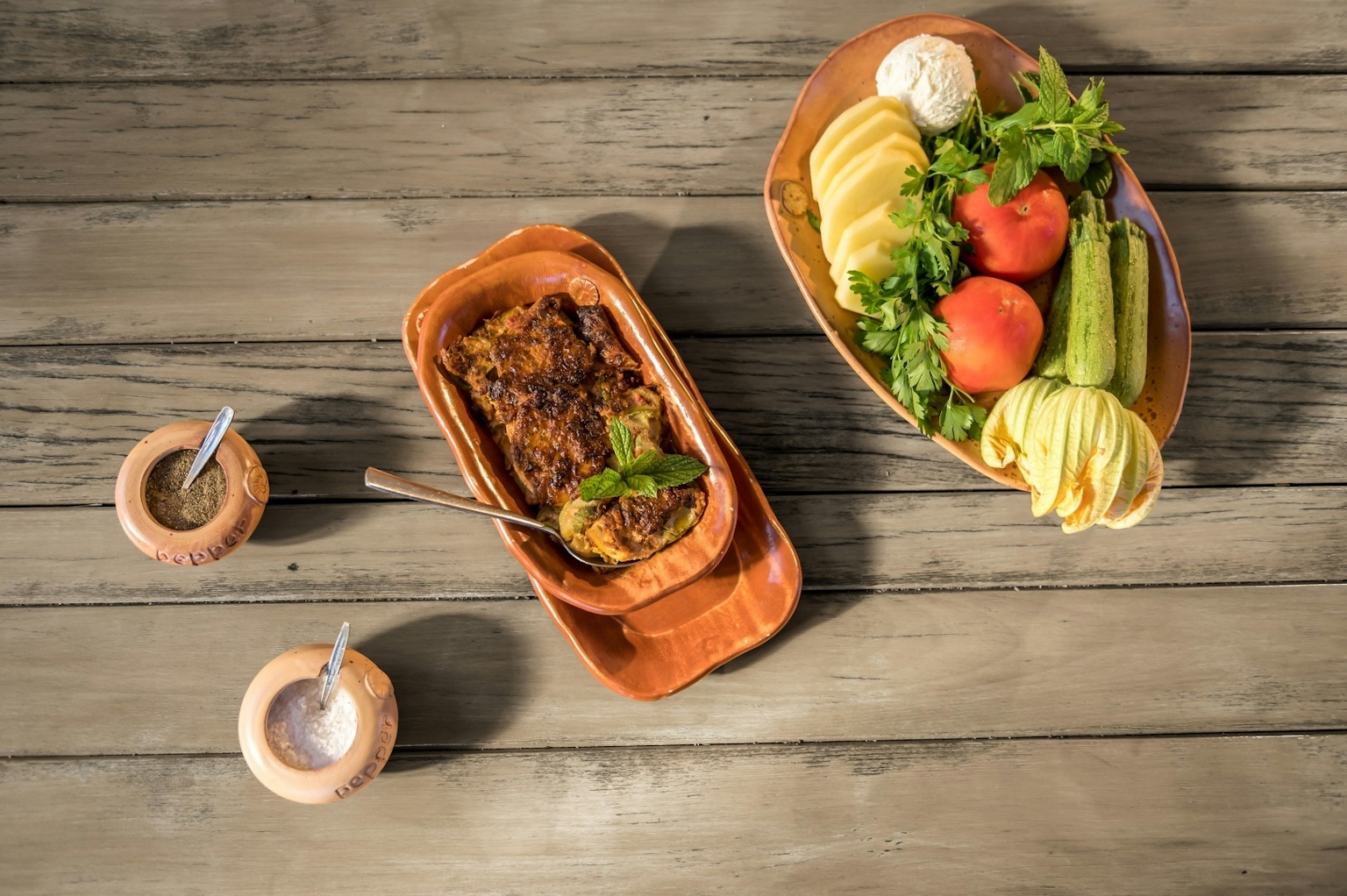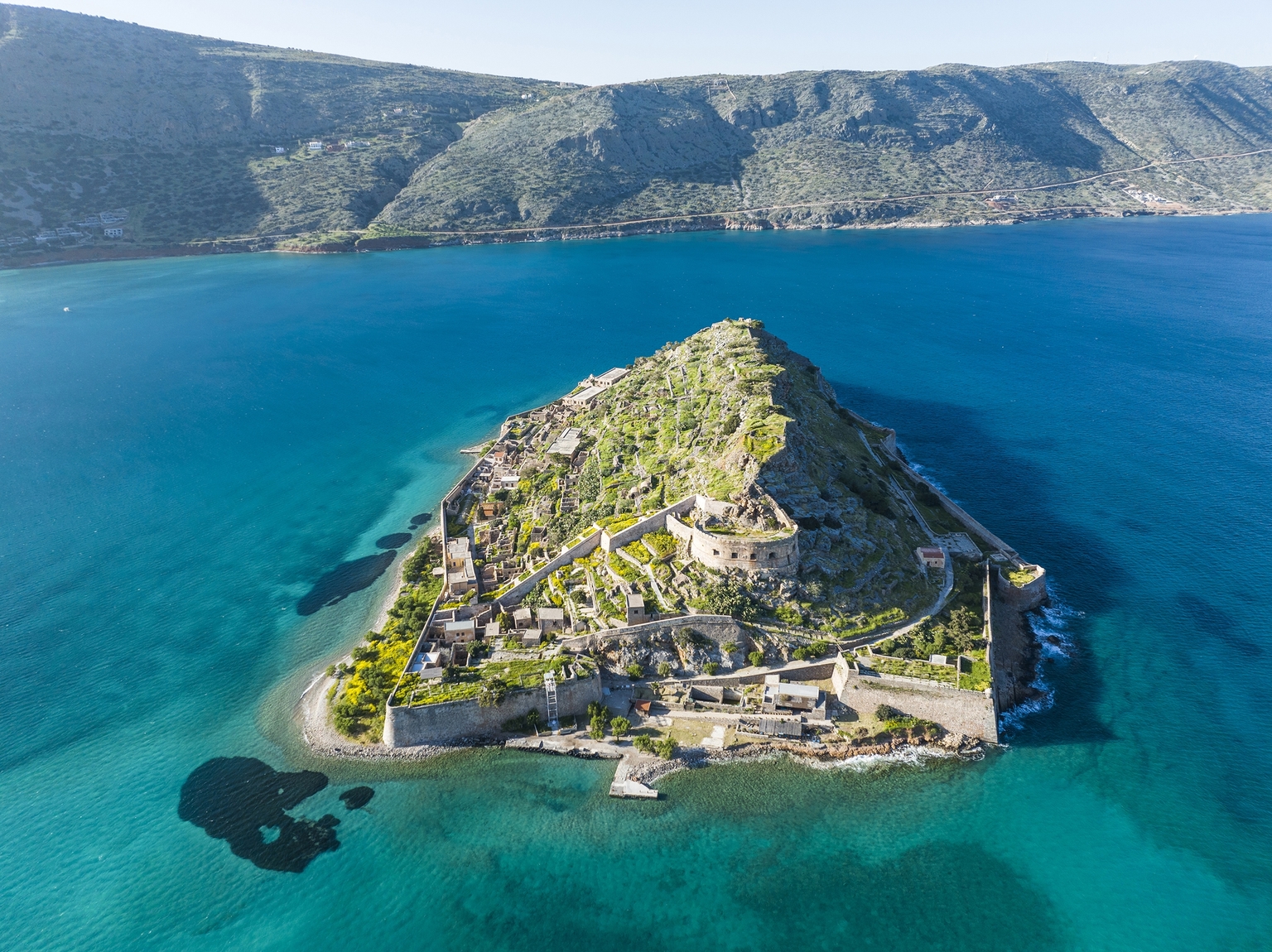Εaster in Crete: From Lazarus' carols to the burning of Judas..
Author Katerina Mylona
Art & Culture
Art & Culture
The festivities commence on Lazarus Saturday, and each passing day until Easter Sunday is accompanied by various customs.
Vangelis T. Kakatsakis, a teacher, writer, and contributor to the newspaper "Chaniotika Nea" from Nippos in the Municipality of Apokoronas, shared some insights into his homeland and neighboring villages during a telephone conversation with Discovercrete.
As he mentions, Crete boasts common customs and traditions, while also displaying some regional peculiarities.
Mr. Kakatsakis recalls six decades ago when Nippos had approximately 450 permanent residents—today, significantly fewer remain.
Similar customs can be found in neighboring villages such as Vrysses, Vafe, Fres, Tzitzife, and generally across all villages of Apokoronas.
Let's take them one by one: On Lazarus Saturday, the young children would sing the carols, "I like the bell to ring with the word," Mr. Kakatsakis remarks.
Today comes Christ the heavenly God
To the town of Bethany, Martha and Mary weep,
For their brother Lazarus. Their sweet heartthrob."
In an atmosphere of solemnity, we reach Good Friday. In the morning, the children of the village would take wooden crosses from the church, go from house to house, and recite the "Passion of Christ."
"Today the sky is black, today is a black day, Today everyone mourns and the mountains are sad..."
"It's very moving. We can't forget the sounds, the colors, the scents, the touches, and the tastes of our childhood... However, the Lazarus carols and the Passion of Christ are no longer sung in our villages," he reports.
However, we should note that there are still areas where you can see children reciting them...
Then, it was the joy of children to go to the village churches and play the bells. Of course, for the first six days, they played mournfully, but on Easter Sunday, the din and the dan were joyful, sending the joyful message of the Resurrection. Then, the children rang the bells all day long with their souls!
On Good Friday, there was sorrow and melancholy around the epitaphios. Christ was in the Tomb, and the whole world was saddened. The girls decorated the epitaphios, while the boys were "hanging on the bells" and rehearsing the Hymns.
After the evening church service, the priest and the faithful went, and still go, to the village cemetery. Four young men carried the epitaphios. Previously, they would leave it on the graves, and the priest would commemorate those who had passed away. Indeed, as Mr. Kakatsakis recalls, the village priest even went to the graves of people who didn't have any relatives in the village. These were families of immigrants who had left in search of a better life.
On Holy Saturday, the men slaughtered the lambs and goats ("On Holy Saturday, lambs and goats down") while the women made and continue to make kalitsounia, as people prepared for the feast on the evening of the Resurrection and on Easter day.
A "strong" tradition was (and still is) the burning of Judas. Villagers, mainly children, would make an effigy of Judas (resembling a scarecrow), place it in the churchyard on a pole, and set it on fire immediately after the priest said "Christ is Risen."
Mr. Kakatsakis remembers that in the past, children would put the effigy they had made with old clothes on a donkey, go around the whole village on the morning of Holy Saturday, saying "Serve Judas," and the villagers would give them oil or money...
It's worth mentioning that in the past, each village had to protect its own Judas, otherwise they risked having him taken by a neighboring village!
"We would gather wood throughout Holy Week, shouting 'Judas' bundle,' especially on Holy Saturday. If there wasn't enough, we'd steal from people's houses. I remember incidents where people chased us because we took their wood... Children made sure to place guards to prevent anyone from stealing our Judas... Previously, they say the priest was the one who lit the fire to illuminate the area. Imagine all the villages burning Judas," Mr. Kakatsakis tells us.
With the burning wood from Judas' fire, some would light their oven to bake their kalitsounia.
In Cretan households, tables were set after the Resurrection service, while people celebrated throughout Easter Sunday. If you're lucky enough to encounter someone roasting lamb on the street, ask them to taste a bit of the skin. If the table is set, they'll even give you a red egg to crack! Some housewives still insist on dyeing eggs in the traditional way, without chemical substances.
Nevertheless, Easter Sunday is the greatest celebration of Christianity, and in Crete, as well as throughout Greece, it's celebrated uniquely...
Related news






























